Pasadena food devotees have a reason to rejoice as Akbar returns to Pasadena at 404 Arroyo Parkway this month under the ownership of Avinash Kapoor and Sri Sambangi. The new location will feature an update of its stylish contemporary Indian cuisine. The site across from Whole Foods is not far from the one Chef Avi left four years ago.

Avinash Kapoor always had a devoted following at his Pasadnea Akbar for the 20 years on Fair Oaks until 2018. In fact, The Pasadena Weekly voted him the best Indian restaurant in town every year the restaurant was open at its nearby site at 44 N. Fair Oaks Avenue.
For the past four years, Kapoor has devoted his time to a more casual version of his family-founded business at 701 W. Cesar Chavez, Kapoor’s Akbar. Traditional favorites remained on the menu, even as the emphasis was on take out and delivery during the pandemic starting in 2020.
The founder of Clorder, Inc., Sridhar Sambangi has been building SAAS applications for multiple industries for more than 24 years. His focus during the past eight years has been within the hospitality industry, building White Label online ordering solutions that helps restaurant owners build their brand and reach customers more effectively. He was recently recognized as a Google Elite Network Contributor with 160 million views.
Chef/owner Avinash Kapoor’s refined starters are rich and intensely flavored. And there is usually a twist to each dish. Below are the new lamb sliders with a lively mint chutney;
“Dirty Fries” are topped with spiced ground lamb masala and sunny-side up egg. “It’s my take on poutine, which is so popular now,” explained Chef Avi. It also is not laden with the usual heavy gravy that makes the fries soggy.
The practical prices menu offers the classics as well as some updated options. Kapoor’s Akbar features a variety of naan (plain, garlic, green herb and stuffed with dry fruits) and paratha, a whole wheat unleavened bread.


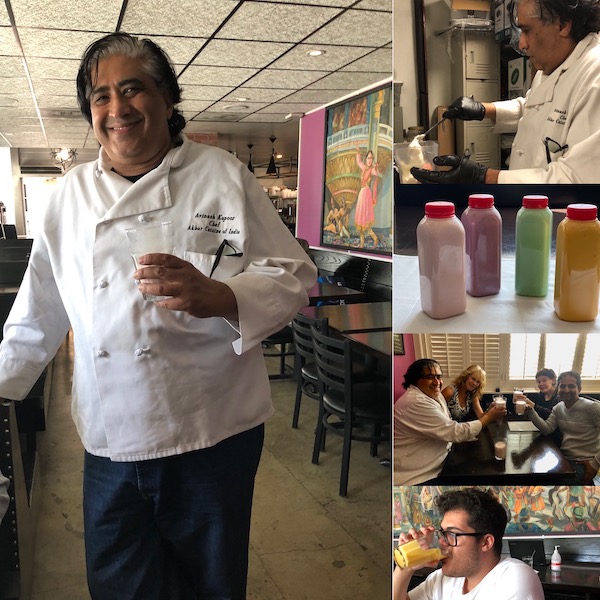

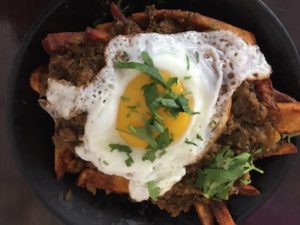
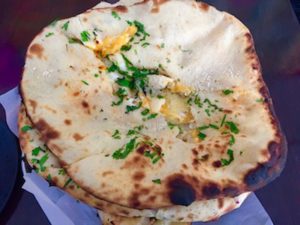



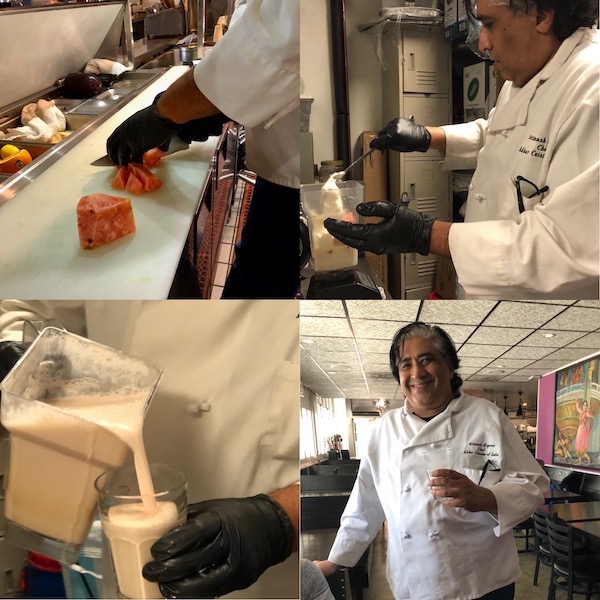
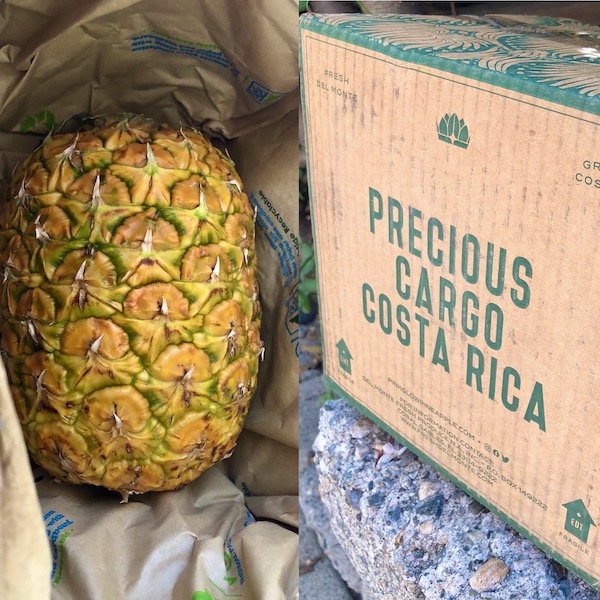


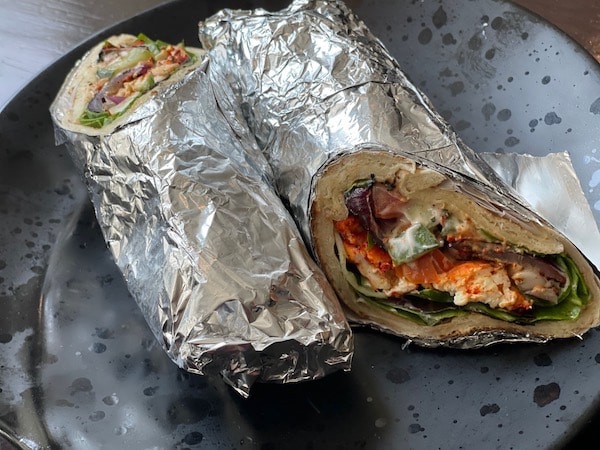



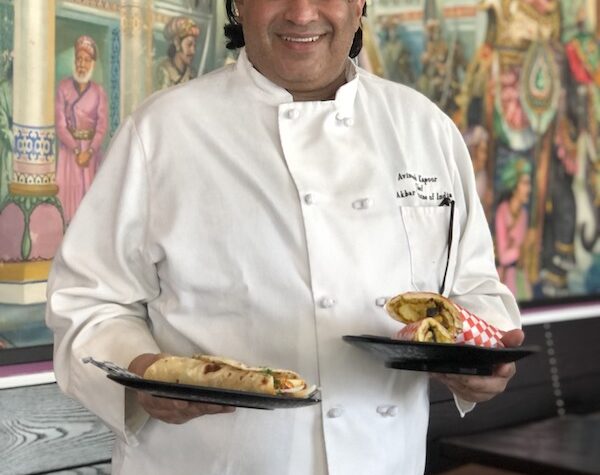
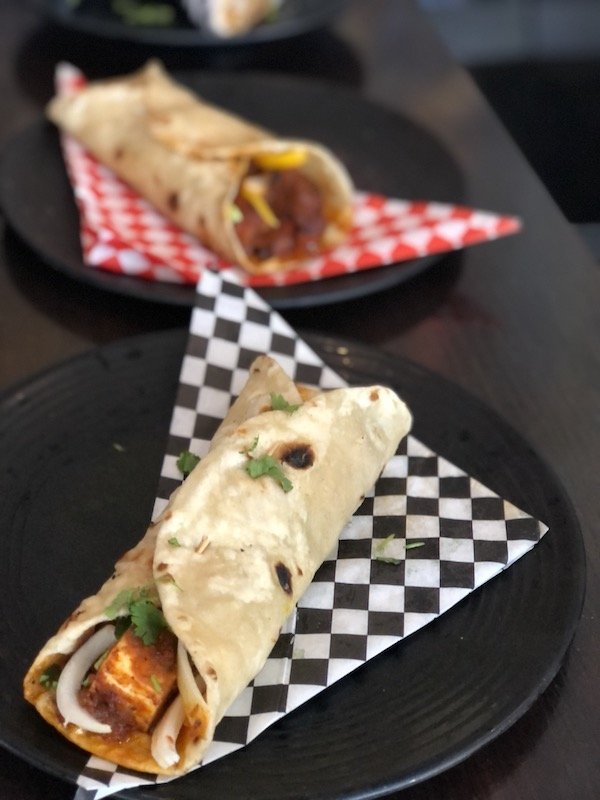
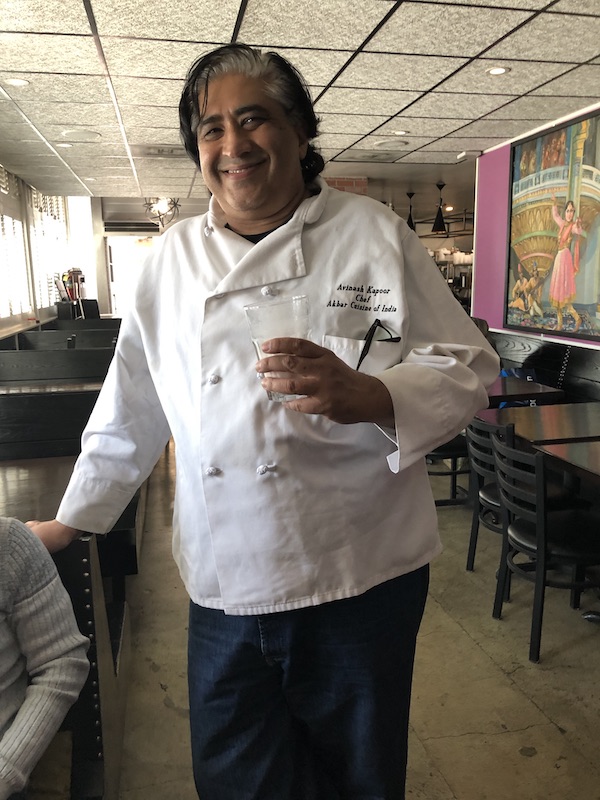
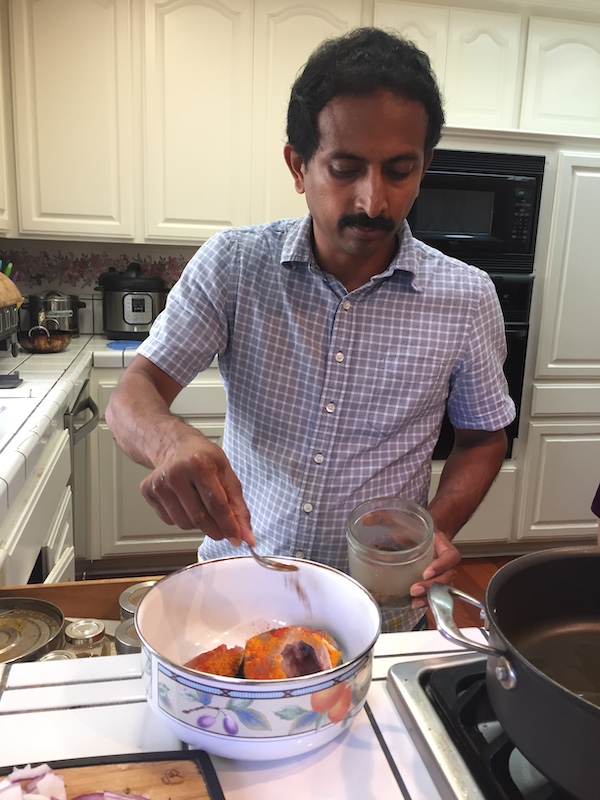
 Gerry Furth-Sides
Gerry Furth-Sides  Barbara Hansen
Barbara Hansen  Chef-owner Alain Cohen
Chef-owner Alain Cohen  Roberta Deen
Roberta Deen  Jose Martinez
Jose Martinez  Nivedita Basu
Nivedita Basu